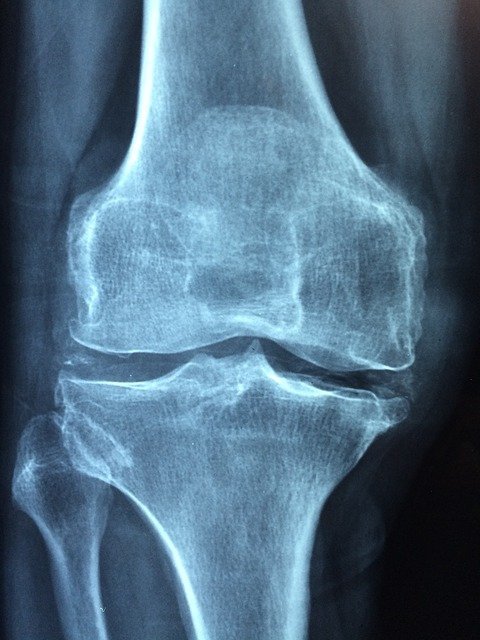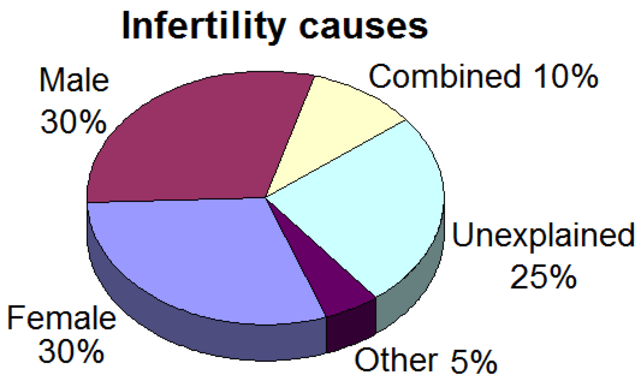Information on this site shall be considered as holistic, alternative and spiritual advice only. For medical advice and treatment a GP, medical professional and/or Certified Hijama Therapist should be consulted. In all circumstances where lifestyle changes, supplements, or other foods are suggested your GP should be consulted. Client Safety is the number one priority.
Cupping Points Treatment Plan for Amenorrhea
Allow 2-4 weeks between sessions – longer if required. Hijama Points shown for each session should ONLY be used to guide the therapist. Body size, cup size, and any other conditions need to considered and appropriate care and attention taken. The number of sessions shown can be increased or reduced depending on the condition of the client.
Complete Treatment Plan
Click here for Session 1Click here for Session 2
Click here for Session 3
Use the standard hijama points as an addition or as separate standalone sessions.
Standard Wet Points – 1,55,129,131,135,136
Click here for Hijama Points on the lower limbs of the body
Click here for Hijama Points on the back of the body
If the client has a complicated history and numerous concerns then it is a good idea to use our online consultation service – click here.
Which body part or function is involved in Amenorrhea (missed periods)?
The ovaries have two major reproductive functions in the body. They release oocytes (eggs) for fertilization and they secrete the reproductive hormones, estrogen, and progesterone. The performance of the ovaries is regulated by a gonadotropin-releasing hormone secreted from nerve cells in the hypothalamus which sends their information to the pituitary gland to release luteinizing hormone and follicle-stimulating hormone. These are run in the bloodstream to regulate the menstrual cycle.
The ovaries release an egg (oocyte) at the interval of each menstrual cycle. Normally, only a single oocyte from one ovary is secreted during each menstrual cycle, with each ovary taking a substitute turn in releasing an egg. A female baby is born with all the eggs that stay remain all over her reproductive age. During puberty to menopause, only about 400–500 eggs will become mature, then released from the ovary (in a process called ovulation) and be able of being fertilized in the fallopian tubes/uterine tube/oviduct of the female reproductive system.
Amenorrhea is a condition in which menstruation is absent during the reproductive period of women, from puberty till menopause. It is not considered to be a disease, and it does not mean that a woman is infertile, but it can be a sign of a Severe issue that needs immediate attention. During puberty, menstruation starts, and then it starts its cycle of about one month until the age of 50 years means menopause. At this time, periods stop completely, as menopause starts up. During pregnancy, menstruation also stops, and it is natural to stop while breastfeeding, too. Earlier, it was assumed that contraceptives increase a woman’s chances of amenorrhea following the use of the pill, but this has been proven not to be the cause.

What are the symptoms and effects of Amenorrhea (missed periods) on the body?
Natural amenorrhea
During the normal course of your life, almost everyone once experiences amenorrhea for natural reasons, such as:
- Pregnancy
- Breastfeeding
- Menopause
Primary amenorrhea
Primary amenorrhea is the failed menstruation in an individual who has not had a period till age 15(puberty). The most common causes of primary amenorrhea are related to hormone imbalance, although anatomical issues also can cause amenorrhea. Secondary amenorrhea is a condition that refers to the loss of three or more periods continuously by an individual who has had periods previously. Pregnancy is the most common, or most well-known cause of secondary amenorrhea, although disturbance in hormones also can result in secondary amenorrhea.
The absence of one menstrual period is hardly a sign of a critical issue or an underlying health condition, but amenorrhea of extended duration may be a sign of the presence of a disorder or chronic condition. The major causes of primary amenorrhea include family history, genetics, and lifestyle. Women undergoing the following factors are more at risk:
- History of amenorrhea or early menopause in the family.
- A genetic defect can impact your ovary function and menstrual cycle. Turner syndrome is also an example.
- Hardly overweight or underweight.
- Anorexia nervosa.
- An extreme training routine.
- A poor diet.
- Stress.
Symptoms: In some women, amenorrhea may indicate an altered hormonal system of the body. This can be caused by various routine activities, like doing excessive exercise, having an eating disorder, or experiencing stress. However, when these lifestyles are turned back to normal the menstrual period will also become normal.
The main symptom of amenorrhea is the absence of your monthly menstruation cycle. It certainly referred to a serious health problem or condition. Related symptoms may include:
- Headache.
- Vision changes.
- Nausea.
- Hair loss.
- Changes in breast size.
- Milky fluid, or discharge, from breasts
- Hot flashes.
- Nipples leaking milk.
- Vaginal dryness.
- Vision changes.
- Acne.
- Excess hair growth on your face and body.

What changes in diet can help improve symptoms of Amenorrhea (missed periods)?
Diet plays a big role in improving amenorrhea. Whether a cause of restriction or over-exercising, under-eating starves your body of vital nutrients. Dairy items like milk, yogurt, and cheese are calcium-rich products. Calcium is best consumed in food form. Eating more food, mainly carbs and fats, and stopping the limitation of foods can help you improve your condition.
Changes in lifestyle which can help Amenorrhea (missed periods)
Amenorrhea is mostly due to having too much or too little body fat. Maintaining a healthy weight can help lower the chances of complications. Prepare an eating and workout plan. Avoid ultimate plans that cause rapid transformation in weight.
Lower Your Stress Levels
High levels of stress can change periods. Reducing stress levels may help. This may be improved with aspects like meditation, deep breathing, progressive relaxation, and yoga.
Possible alternative remedies for Amenorrhea (missed periods)
Women suffering from amenorrhea thought of dealing with it in a natural way, down here giving you home remedies, which may help in curing your amenorrhea.
- Unripe papaya can help you in regulating your period flow and amenorrhea.
- Turmeric or haldi.
- Ginger has magical properties that will help you improve the period flow and control it too.
- Cinnamon has properties that will help you warm your body and regulate your central cycle.
The causes of primary amenorrhea mainly include the involvement of genetic factors, a family history, and lifestyle of a person.




